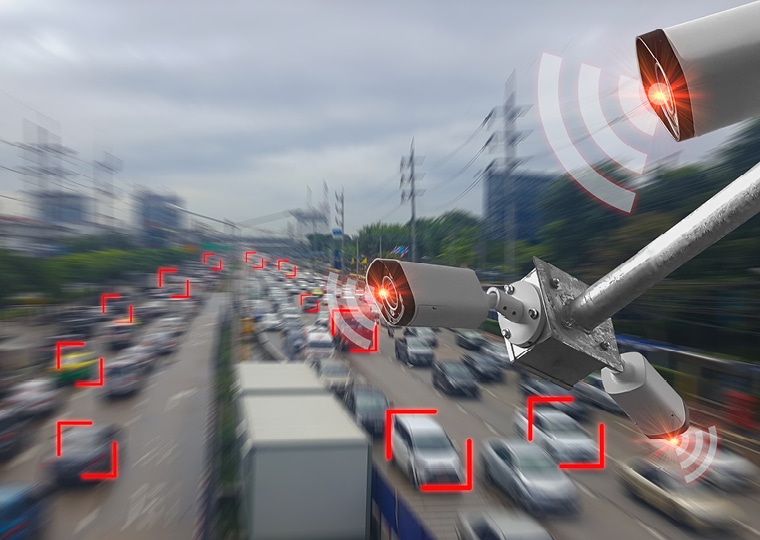Today, there’s a digital layer that sits on top of nearly everything in our lives – from social networks to the WiFi in our homes. It has a profound impact on how we work, conduct business, communicate and get around.
When it comes to our nation’s roadway and highway network, that invisible flow of information and communication comes in the form of Roadway Digital Infrastructure (RDI). RDI is the equipment and digital layer from both public and private technology assets that create, exchange, or use data or information to improve our roadway/highway transportation system.
A 2014 study sponsored by the Federal Highway Administration (FHWA) showed that connected roadway systems, vehicles and infrastructure, could have a positive impact on approximately 80% of unimpaired roadway crashes by providing drivers with alerts and other crucial information related to the crash. Additionally, Texas Transportation Institute studies projected that around 60% of traffic congestion comes from unexpected roadway events and poor signal timing. Both of these issues can be mitigated by an active digital layer informing and coordinating our transportation system.
With these statistics in mind, STV’s team of mobility technology experts are partnering with ITS America (ITSA) and FHWA to launch an RDI webinar series this month that will provide participants with a clearer picture of what steps are necessary to prepare transportation organizations for the future. Our first webinar focuses on Freight Mobility and launches on January 25 at 2 p.m. (ET), led by Dan Corey, STVs National Director of Mobility Technology. The seminar will include insights from representatives of FHWA, the Iowa Department of Transportation, and other industry leaders.
The STV team shares FHWA and ITSA’s urgency to promote and expand RDI availability and usage across the United States starting with our interstate system. We believe this can be accomplished via information services such as consolidating public and private truck parking availability information along an entire corridor with a predictable one-stop-shop mindset. Additionally, we believe that the private sector ecosystem has evolved to where rapid deployment of life-saving technologies can occur as a service model in a very short timeframe with minimal, or even zero, interaction with existing public agency ITS and data systems.
If we leverage existing software and private sector infrastructure that is already on the side of the road, the costs to implement the initial impactful steps to save lives and reduce congestion can be minimal and can also be shovel-ready by using existing capital, safety, or grant program funds.
In a resource-constrained world, transferring the life cycle infrastructure and service responsibilities traditionally held by public agencies to the private sector, will allow limited resources to be redirected toward other priorities.
To learn more about how this ecosystem is developing and how jurisdictions around the US are deploying these technologies sign-up for one of our webinars here. Then continue the conversation with STV’s team so we can support your efforts to incorporate RDI systems into your transportation network in a way that help make communities safer and more effectively connected.











